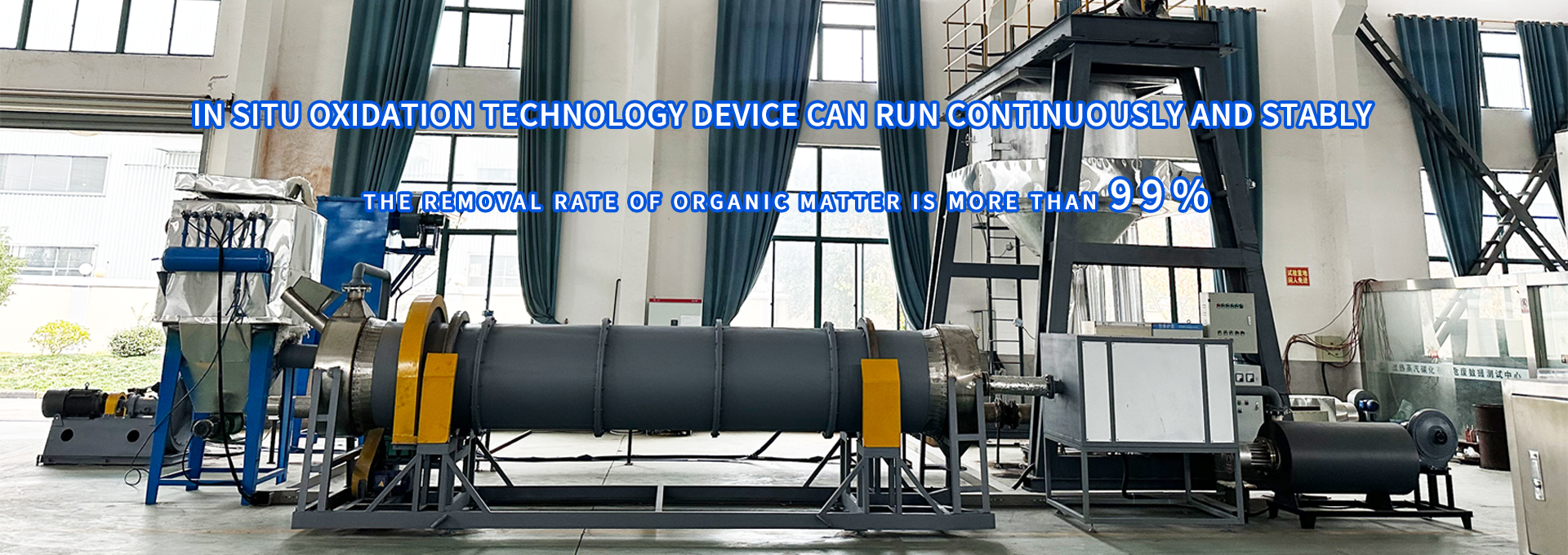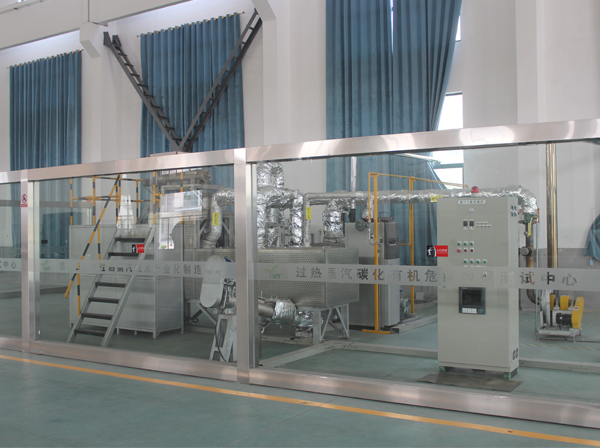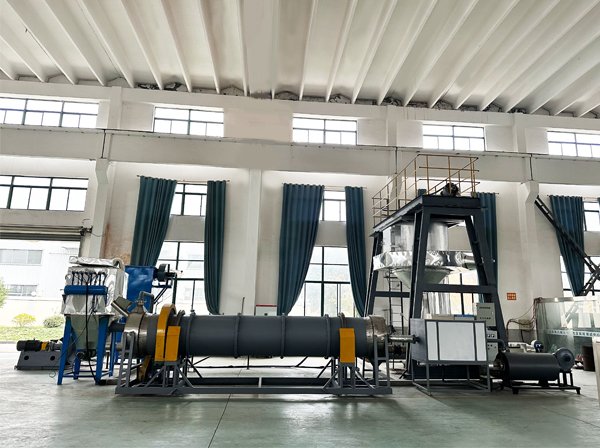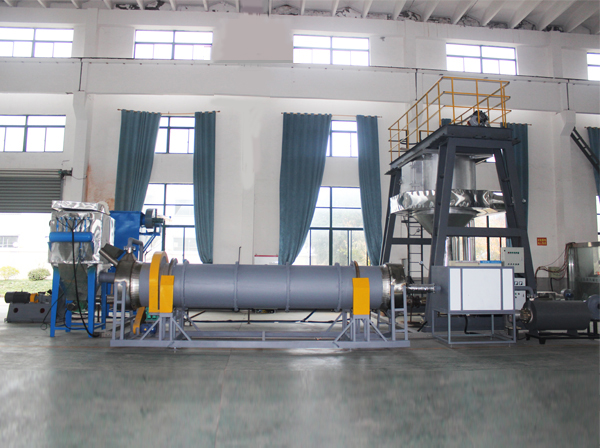In recent years, the disposal of solid waste and hazardous waste has become a big problem restricting the green development of chemical enterprises. At the Forum on Hazardous Chemical Waste and Salt Disposal, many companies also reflected this problem. So do you know what industrial waste salt is?
Industrial waste salt refers to all kinds of waste residue, dust and other wastes discharged in the process of industrial production. There are many enterprises in the industry in the production process will produce waste salt. For example, in the production process of organic and inorganic chemical products, there will be a lot of salty organic mixed waste salt, which contains a lot of organic or inorganic impurities, can not be used as industrial raw material salt. If long-term stacking, will occupy a large number of sites, serious pollution and damage the ecological environment. The disposal technology of industrial waste salt becomes more important. Jiangsu Lanlv Environmental Protection Technology Co., Ltd. introduces four waste salt treatment methods.
Hazardous waste disposal methods can be divided into three categories: physical methods, physical chemical methods and biological methods. Many of these methods are common to chemical production.
1. Landfill method
Landfill is one way to dispose of hazardous waste. The method includes site selection, landfill design, landfill operation, environmental protection and monitoring, and site utilization. Its essence is to spread hazardous waste into some thickness of thin layer, compacted, covered with soil. This treatment technology is widely used at home and abroad. Landfill is usually divided into sanitary landfill and safe - Q landfill.
2. Combustion method
Incineration is a comprehensive process of high temperature decomposition and deep oxidation. Incineration can oxidize and decompose combustible hazardous waste, so as to achieve the purpose of reducing volume, removing poison, recycling energy and by-products.
The incineration process of hazardous waste is complicated. Due to the complex physical and chemical properties of hazardous waste, the composition, calorific value, shape and combustion state of the same batch of hazardous waste will change greatly with the difference of time and combustion area, and the composition of waste gas and the properties of waste residue generated after combustion will also change accordingly. Therefore, hazardous waste incineration equipment has strong adaptability, great flexibility in operation, and can automatically adjust operating parameters to some extent.
3. Chemical methods
Chemistry is the use of hazardous waste chemical properties, through acid and base neutralization, REDOX, precipitation, harmful substances into small products.
Many hazardous wastes can be biodegraded and treated wastes can be accepted by soil and water. At present, biological methods include activated sludge method, gasification tank method, oxidation pond method and so on.
4. Curing method
Solidification method is to cement, plastic, sodium silicate, asphalt and other coagulants and hazardous waste mixed curing, so that the harmful substances contained in the sludge sealed in the curing body, unable to leach, so as to achieve stability, reduction and other purposes. Solidification can reduce the permeability of waste, can make it into a product with high strain capacity, so as to reduce the hazard of hazardous waste.
That's what industrial salt disposal technology introduces you to. I hope this is helpful.








 Public account
Public account Mobile official website
Mobile official website